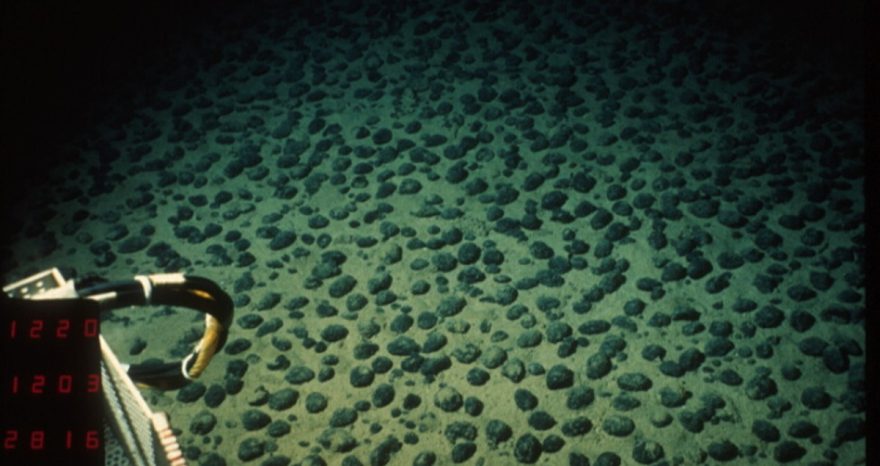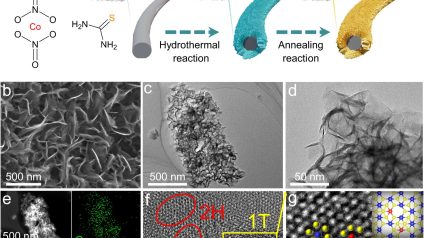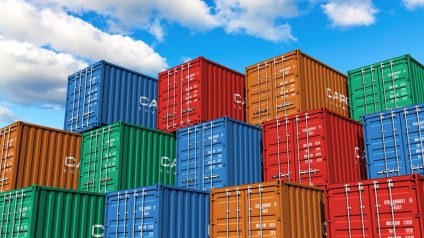In the period 2004-2022, industrial waste production in Italy fell by 17.8%, while other EU countries reduced it by around 50%.

Italy lags behind in industrial waste reduction
There’s room for improvement in industrial waste production and disposal. Over 19 years, Italy has managed to cut industrial waste by 17.8%—a noteworthy result, but modest compared to Spain, France, and Germany. Spain leads among Europe’s major economies, slashing industrial waste by 57.8%, followed by France (-47.8%) and Germany (-41.8%). According to a report by Interzero, a European group specializing in circular economy services, Italy remains one of the highest waste producers, highlighting a concerning trend in industrial waste emissions.
Italy produces too much industrial waste
Italy ranks third in industrial waste generation, behind Germany and France. In 2004, Italian companies generated approximately 458 million tons of waste. Over 19 years, this figure has dropped by only 80 million tons. In contrast, Spain more than halved its waste output, reducing it from over 500 million to 213 million tons. France also nearly halved its waste, going from 879 million to 459 million tons, while Germany cut its industrial waste from over 1.1 billion tons to just over 641 million by the end of 2022.
Regulations impact industrial waste disposal
“The trend observed in Italy,” says Mario Bagna, CEO of Interzero Italia, “is undoubtedly influenced by a regulatory framework that has undergone frequent changes over the past two decades. Businesses have had to navigate complex and ever-evolving compliance requirements.”
Industrial waste: as massive as Mount Everest
According to Interzero’s analysis based on Eurostat data, industrial waste production across the 27 EU member states has been cut by 50% from 2004 to 2022—from nearly 7.5 billion tons to 3.5 billion tons. This reduction is equivalent to 86% of Mount Everest’s total volume and 1,300 times the volume of Mount Etna. The sharpest decline occurred between 2008 and 2009, but for the past decade, industrial waste levels in the EU have remained stable.
“A fragmented and sometimes unclear regulatory landscape,” Bagna continues, “can hinder the adoption of innovative waste management strategies. It also discourages investment, ultimately affecting the competitiveness of Italian businesses in an increasingly circular economy.”












